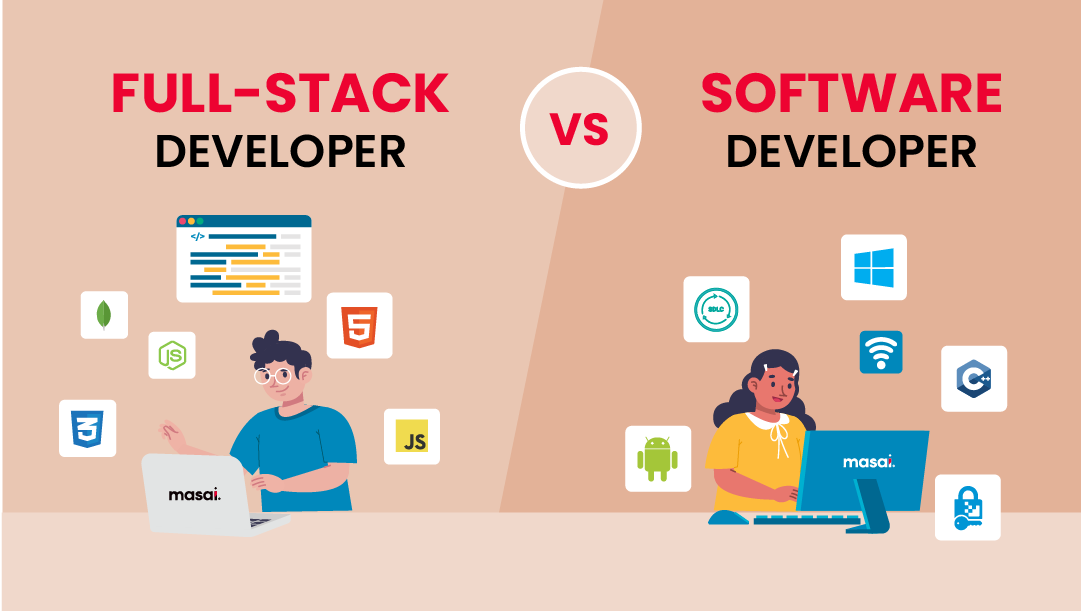Hire Dedicated Developers to Increase Your Software Development Timeline
Wiki Article
Dedicated Developers vs. In-House Teams: Which Is Right for You?
The decision in between making use of devoted designers and keeping an internal team is a considerable one that can impact the trajectory of your jobs and total business technique. Devoted designers provide a level of flexibility and specific proficiency that can be advantageous for specific, short-term initiatives. Conversely, in-house groups add to a natural firm society and a nuanced understanding of lasting objectives. By checking out essential variables such as budget, task extent, and wanted control, you can much better determine which approach straightens with your business demands. Nonetheless, the ramifications of this option extend beyond prompt end results-- take into consideration the wider influence on your company landscape.Comprehending Committed Designers
The growing need for specialized abilities in the tech sector has actually brought about the introduction of devoted programmers as a feasible service for several organizations. These professionals are normally contracted on a task basis, allowing firms to leverage details experience without the long-term dedication associated with full time hires. Committed designers are often embedded within a customer's group, offering adaptability and scalability to meet job needs.This model enables companies to access a global ability pool, which is especially useful in a rapidly progressing technical landscape. Committed developers can be sourced from different geographical places, making certain that companies can discover the ideal ability at competitive rates. They typically bring a wide range of experience and expertise, having actually serviced varied jobs throughout different markets.
In addition, dedicated designers can focus solely on the jobs handy, boosting performance and performance. They are equipped to integrate effortlessly right into existing operations, teaming up very closely with internal groups to accomplish job goals. This technique not just minimizes the problem of employment and training however likewise enables organizations to remain agile, adjusting promptly to transforming market needs and technological improvements.
Benefits of In-House Teams

Moreover, internal groups have a tendency to have a much deeper understanding of the company's objective, worths, and objectives. This alignment can improve employee interaction and inspiration, as employee feel a lot more connected to their work and the company's success. Additionally, having a devoted in-house team permits much better positioning of goals and approaches, as these members are regularly concentrated on the firm's priorities.
In-house teams likewise assist in quicker decision-making procedures, as they can react more rapidly to modifications and difficulties. The recognized partnerships and knowledge with firm protocols allow for streamlined workflows and decreased miscommunication. Eventually, the combination of a cohesive culture, alignment with organizational goals, and efficient communication makes internal teams an important possession for numerous organizations, particularly those wanting visit their website to cultivate lasting development and technology.
Price Factors To Consider
When reviewing expense factors to consider, both specialized designers and in-house groups existing unique monetary implications for organizations. Involving specialized designers usually involves a pay-per-project or per hour rate design, which can be affordable for businesses with rising and fall project needs. This technique enables for flexibility in scaling sources up or down, guaranteeing that companies just pay for the solutions they need.In comparison, in-house groups involve fixed prices, including wages, benefits, and overhead expenditures such as office and devices. While this model supplies greater control and prompt availability of sources, it Source may bring about higher lasting costs, particularly if the work does not justify a full-time team.
Additionally, companies ought to take into consideration the hidden expenses connected with recruitment and training of in-house workers, which can better stress budgets. Sometimes, the moment and sources spent on managing an in-house group can diminish the company's core business objectives.

Task Monitoring and Adaptability
Project administration and flexibility are important elements that affect the choice in between dedicated programmers and in-house teams. Devoted groups typically have actually established procedures for taking care of jobs properly, leveraging particular methods like Agile or Scrum, which facilitate iterative development and flexibility.
Inevitably, the choice in between in-house teams and committed designers depends upon the wanted degree of flexibility and the details job administration requirements. Firms should evaluate their functional dynamics, task complexity, and source accessibility to determine which choice aligns ideal with their tactical purposes.
Making the Right Option
Choosing the appropriate development approach-- devoted designers or internal groups-- calls for a careful assessment of various factors that align with a business's calculated goals. On the other hand, internal groups can provide much better connection and integration with existing employees.Following, review your spending plan. Committed programmers commonly offer an affordable service for short-term projects, while internal groups may incur higher long-term expenditures as a result of incomes, benefits, and overhead prices. Analyze the degree of control and partnership desired; internal groups normally promote stronger interaction and placement with firm culture.
If instant outcomes are required, committed designers can be onboarded rapidly, whereas developing an internal team takes agile development team time for recruitment and training. If continual development is important, spending in an internal team may yield better returns over time.
Verdict
In verdict, the decision in between dedicated programmers and internal teams pivots on task needs and business goals. Alternatively, internal groups cultivate a natural society and much deeper placement with lasting goals.The choice between making use of dedicated developers and maintaining an in-house team is a substantial one that can impact the trajectory of your projects and total organization approach.Task management and adaptability are essential variables that influence the selection in between devoted developers and in-house groups. offshore software development.In comparison, internal teams may excel in maintaining a consistent task management framework due to their knowledge with the company's culture and long-lasting goals. Dedicated programmers often offer an affordable option for short-term projects, while internal teams may sustain higher long-term expenditures due to wages, benefits, and expenses prices.In verdict, the decision between internal teams and dedicated designers pivots on task requirements and business objectives
Report this wiki page